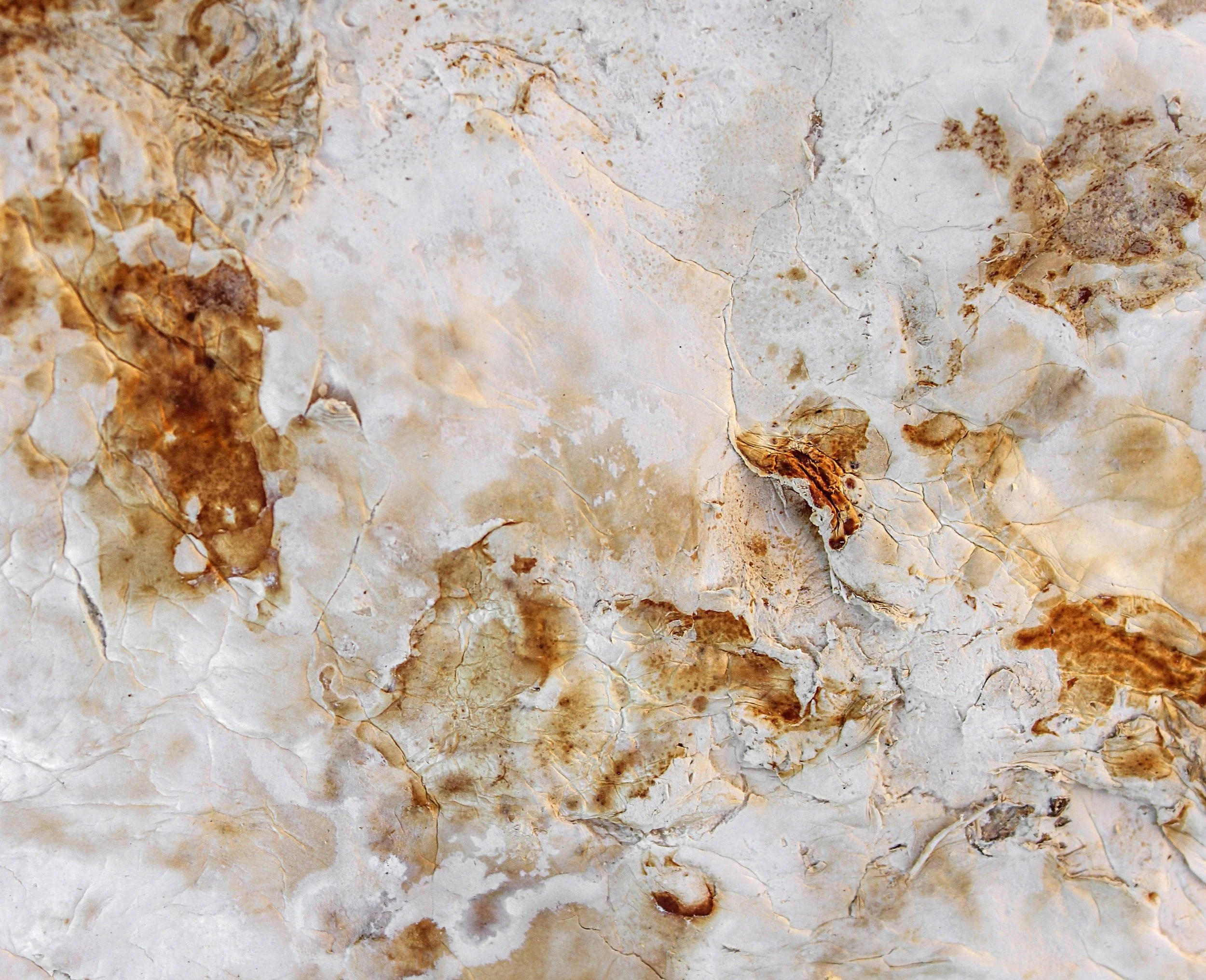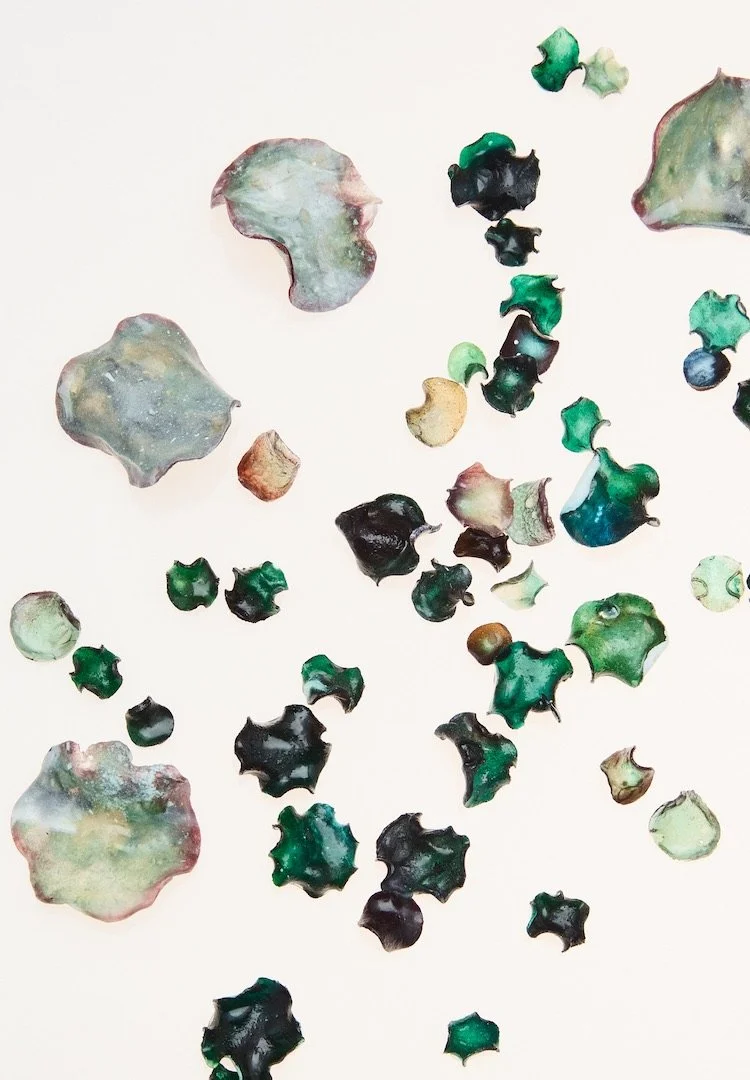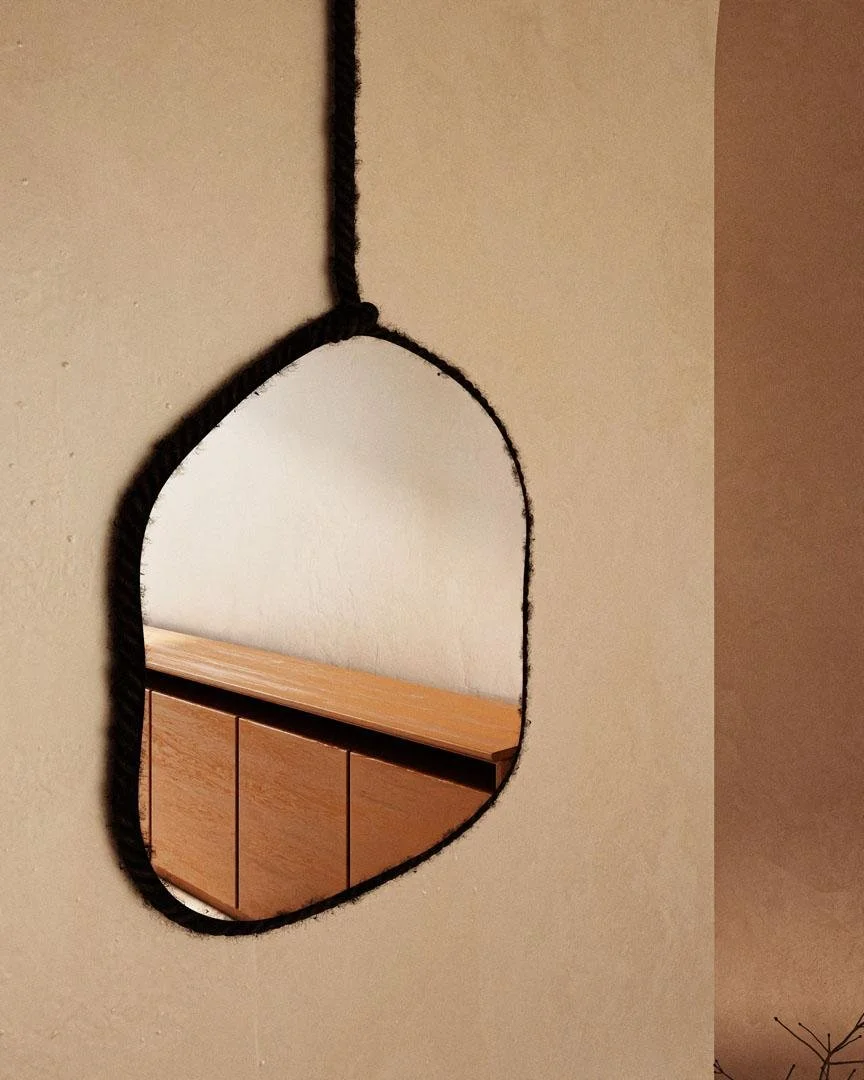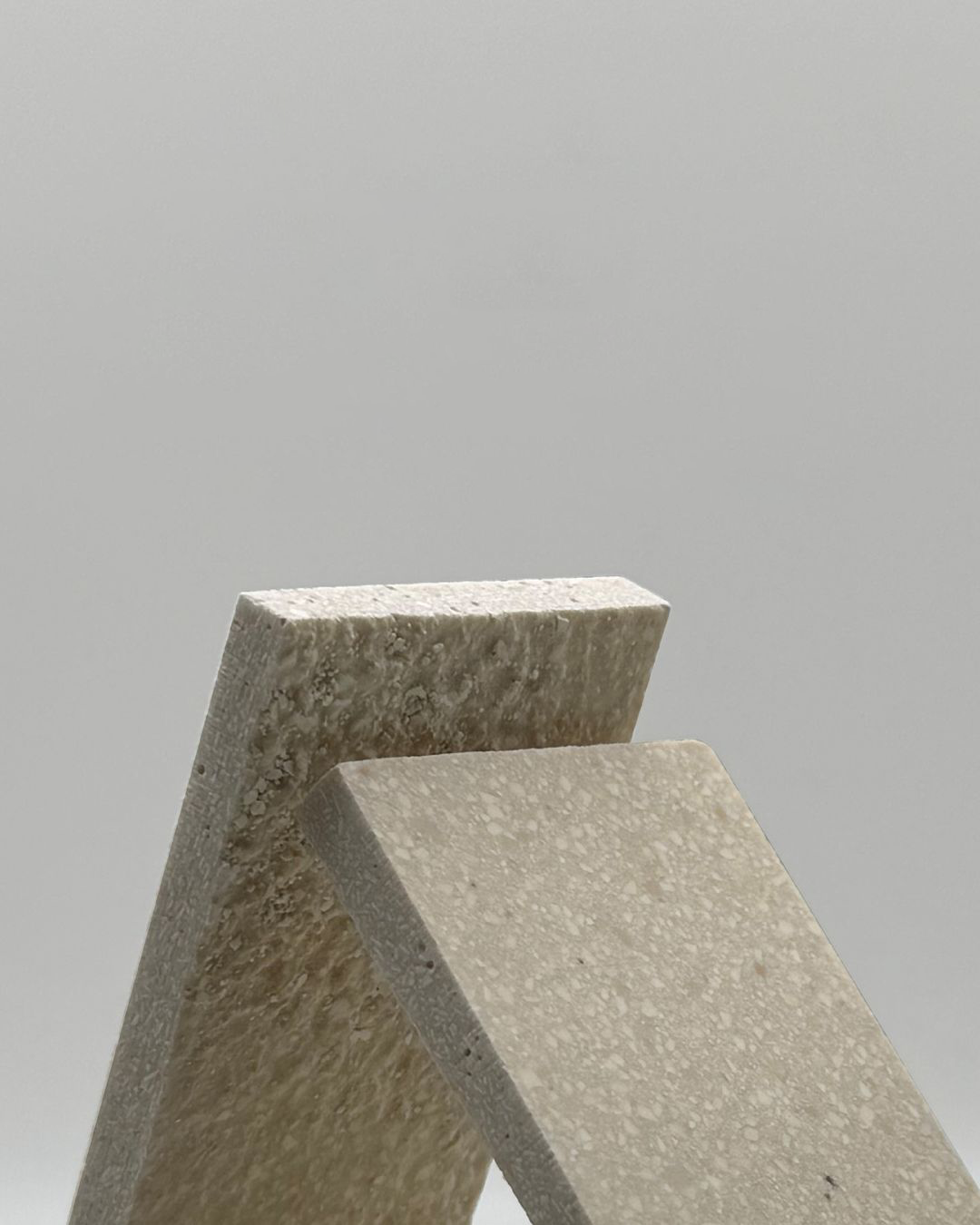P R O L E A R N
Healthy Materials are products and materials used in construction and design that are non-toxic, sustainable, and contribute positively to human health and environmental well-being. This approach prioritises the use of natural, bio-based, and low-emission materials in creating healthier living and working spaces.
Key Characteristics
Non-Toxic: Free from harmful chemicals and volatile organic compounds (VOCs).
Sustainable: Sourced and produced with minimal environmental impact.
Transparent: Clear disclosure of material ingredients and manufacturing processes.
Benefits
Improved Indoor Air Quality: Healthy materials can reduce indoor air pollutants by up to 90%, significantly improving occupant health.
Environmental Impact: Using sustainable materials can reduce a building's carbon footprint by 30-50%.
Occupant Well-being: Spaces with healthy materials report up to 26% higher occupant satisfaction and productivity.
Challenges and Considerations
Cost: Initially, healthy materials may have higher upfront costs, though long-term benefits often outweigh this.
Availability: Sourcing certain healthy materials can be challenging in some regions.
Performance: Ensuring that healthy alternatives meet or exceed the performance of traditional materials.
Innovative Applications
Bio-based Materials: Using mycelium, algae, or bamboo as sustainable building materials.
Circular Materials: Developing products designed for easy disassembly and recycling at end-of-life.
Smart Materials: Integrating air-purifying properties into paints and textiles.
Future Outlook
As awareness grows and technology advances, we can expect more widespread adoption of healthy materials in construction and product design. Integration with IoT and smart building technologies may lead to materials that actively contribute to occupant health and well-being.
Call to Action:
Evaluate your current material choices in projects or products. Consider implementing a healthy materials policy and explore certifications like Cradle to Cradle or WELL that prioritise material health.










